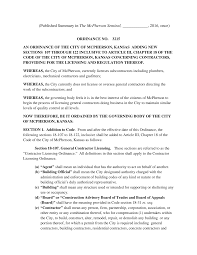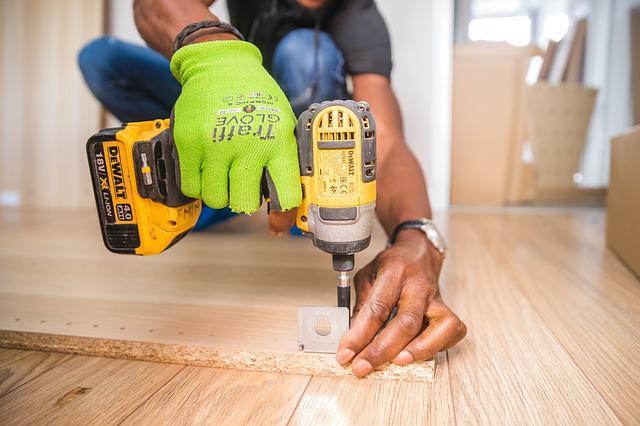
Do-it'yourself home projects may be enjoyable, but they won't all add value. A bad job on DIY projects can lead to a decrease in the home's overall value. You want to maximize the return on your investment when adding value to your home. Don't try to tackle projects that you are not capable of handling. Hire professionals instead. This article will discuss common mistakes made by DIY homeowners and the best way to avoid them.
DIY projects won't add any value to your home.
While DIY projects can add a bit of spruce to your home, they won't add much to its value. The improvements may be noticed by potential buyers, but they will not be for the right reasons. You may be mistakenly perceived as someone who did the work, which could lead to you losing the opportunity to sell your home for top dollar. Here are some tips for homeowners on how to make DIY projects a success.

First, think about why you'd want to spend your money on DIY projects. What type of home improvements can add real value? A combination of both is the answer. A whole-house renovation is a good idea if you are renovating a large home. These projects are easy to do yourself and won't cost a fortune. However, DIY projects can be dangerous.
Millennials have a higher likelihood of tackling home projects themselves.
Bernzomatic, a manufacturer of handheld blowtorches found that millennials were the most DIY-friendly generation. Nearly half of millennials believe they are capable of making small home improvements by themselves. Only one-third are comfortable with larger DIY projects such painting exteriors or hanging lights.
The reason that millennials are more willing and able to handle their own home improvement projects may have something to with how they value time. During their formative years, a lot of millennials had to take on two jobs just to survive. This means that they don't want to spend weekends doing all the things necessary to take care their home. The value of money is higher for millennials than it is for others. They are willing to invest money in a home renovation project before they have even begun. Millennials are more inclined to select low-maintenance materials like quartz countertops and wood-look flooring.
Mistakes to avoid
There are many common DIY homeowner mistakes that homeowners should avoid. These include making a mess and damaging valuable property. Most mistakes involve paint being spilled, but even minor ones can result in costly repairs. With proper planning and attention to detail, you can avoid these common mistakes. To avoid them, you should always take care to follow instructions carefully and follow safety precautions. Here are some mistakes you can avoid. Make sure you know the risks before getting started.

A majority of homeowners make mistakes when doing DIY projects at their home. These mistakes can cost a homeowner money, cause injuries or ruin their home. Although home improvements are a great way for you to save money, improve your skills and reduce risk, there are many risks involved. To avoid costly mistakes, and to prevent injuries, whether you are renovating your home or tearing down a wall. Follow the instructions if you are going to DIY home repair.
FAQ
What qualifications does a handyman need?
As a handyman, patience is the most important skill. Also, experience with working with electrical systems, carpentry skills and plumbing knowledge is essential.
There are many job opportunities for qualified people, but you might not be qualified if you don’t know what they mean.
A school that specializes is a good place to start your training.
Where are handymen from?
There are thousands and thousands of handymen throughout the U.S. But almost none of them started their career as contractors. Many started out as tradesmen, learning the skills through apprenticeships. This means that they are often highly skilled and have a lot of knowledge. They can be valuable assets to any company.
Do I need to pay a handyman per hour or per project?
It all comes down to personal preference. Some people prefer to pay an hourly rate so that they know how much their handyman costs. Some prefer to pay for each project, even though they may be doing multiple jobs at once. Either way is fine.
When is the right moment to hire a handyman
There is no right time to hire a handyman. You simply need to get started as soon as possible. Of course, you can wait until after the holidays to save some money. However, you can also call various handymen by picking up the phone.
Statistics
- With a strong housing market, the handyman and general maintenance worker industry are expected to grow by nearly 10% in the next decade. (housecallpro.com)
- Our handyman services for seniors are provided by professional senior helpers who have been serving the community for over 20 years with 98% customer satisfaction. (cantatahomeservices.org)
- Mila keeps a commission of 20% for each completed service performed by Friends and charges various service fees regarding work done by Pros. (appjobs.com)
- A franchise was approximately $110,000 with a franchise fee of $14,900, according to a spokesperson for a national handyman franchise. (en.wikipedia.org)
- According to the U.S. Bureau of Labor Statistics, in May 2020, there are 1,357,630 handymen employed in the U.S.. (angi.com)
External Links
How To
How to Install a Receptacle Box
Always follow local guidelines when installing an electrical outlet. You should ensure that the wiring is done correctly, and that there are no fire hazards or water damage.
As far as installation goes, most boxes come prewired with four wires coming from the breaker panel. The two black wires lead to the box's first screw. The red, white, and blue wires go to its second screw. When connecting wires, it is important that you don't use wire nuts or wrap around screws. It is likely that you will have problems getting the wires into place after tightening them down. You want them to be free enough to move around but still tight enough not to pull from their holes.
A second piece of hardware might be required if you wish to add a receptacle or container to an existing box. You will need to remove the metal box's top and attach a cover plate. Once the hole has been made for the new device and the cover plate has been attached, it's time to attach all wires.
It is possible to replace existing light switches in your house with modern ones without the need for a licensed electrician. The first step is to take the old switch out of its mounting spot. Then you should take the time to disconnect all the wires connected to the switch. These wires can be used to power the switch or supply electricity to the light fixtures in the room. Once you have disconnected all of it, you can begin the replacement process.
After removing the old switch, you'll need to measure the distance between the wall studs and mark them with a permanent marker. Once you've done this, you need to decide if the switch should be placed high above or low to the floor. Depending upon the height of the switch, you'll need to drill a hole to mount the bracket or attach it directly to drywall using drywall anchors.
After you have taken measurements and marked the locations, you can begin the project. You can begin removing the drywall around the area where the switch is to be installed with the assistance of a friend or relative. To avoid accidentally cutting the cable in the wall, leave 8 inches between each stud. Next, you will need to install the new switch using the appropriate mounting brackets. Next, attach the cables and secure the switch onto the mounting brackets. Once the switch has been fully installed, you will need to turn the power back on and test the newly added device to ensure it works properly.